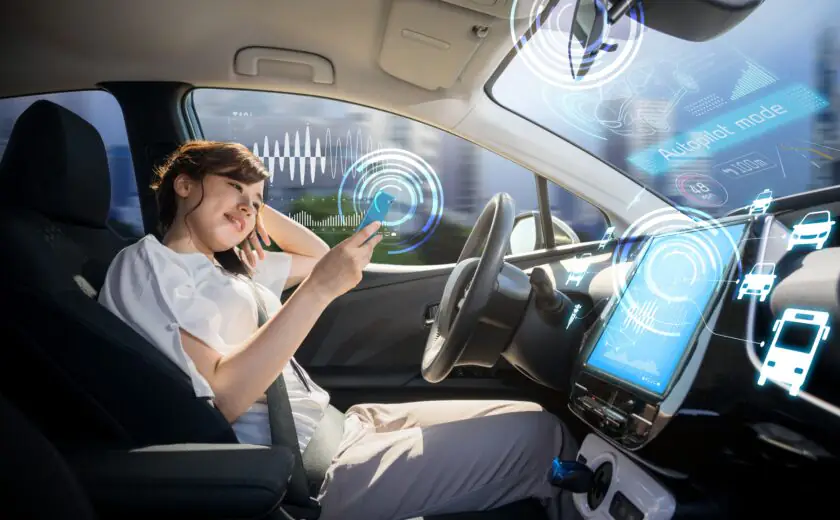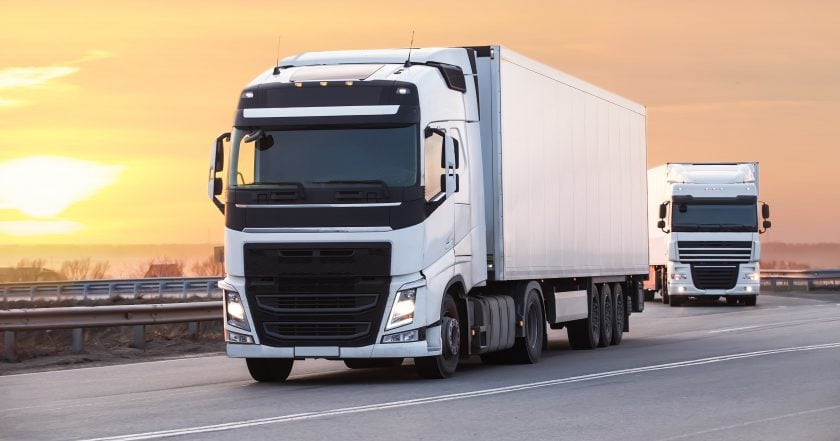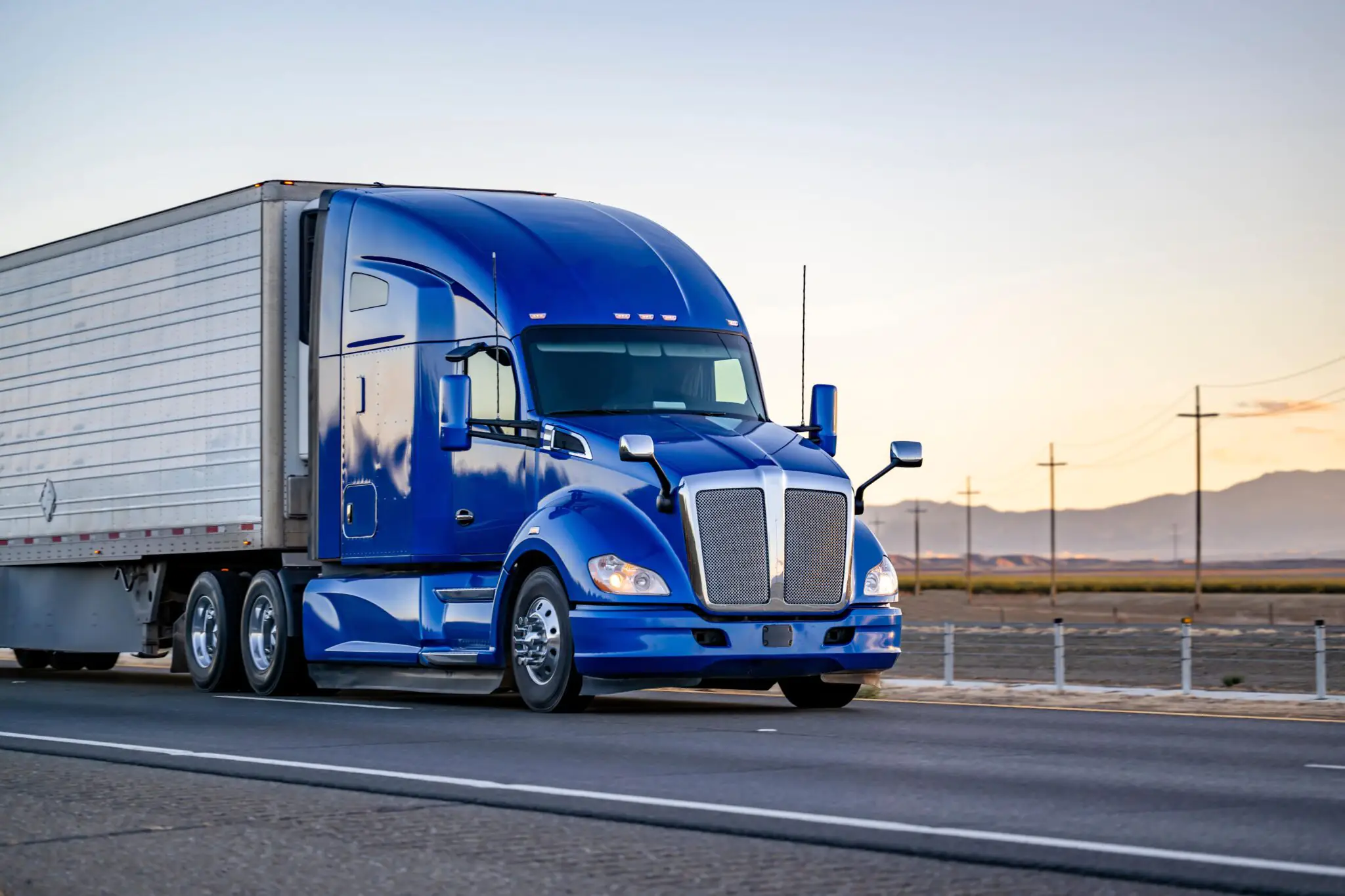Driverless cars are the future of transportation, promising great potential for solving major driving and traffic problems. Their most significant feature is their ability to navigate roads seamlessly after meticulously scanning the surrounding environment, minimizing human errors that account for most road accidents.
With the incredible capabilities driverless cars promise, the public is eager to know the lying technology behind self-driving cars that enables them to demonstrate such stellar performance.
This article discusses how self-driving cars work, highlighting the technology they use and how far they can go at these times. It also explores how driverless cars impact the car shipping industry.
How Do Self-Driving Cars Work?
Self-driving cars integrate high technology and smart systems to complete driving tasks efficiently and securely. They use a combination of sensors, including radar, lidar, and cameras, to perceive their surroundings.
These sensors provide data that the car’s computer uses to build a map of its environment, plan its route, and make decisions about navigating safely. They also allow self-driving cars to improve safety by minimizing accidents caused by human error.
The Technology Self-Driving Cars Use
Self-driving cars operate efficiently using sensors, artificial intelligence, high-performance processors, software, actuators, GPS, and connectivity systems. Here is a breakthrough of how each works:
- Sensors: Self-driving cars’ sensors comprise radars, lidars, cameras, and ultrasonic sensors.
- The radar detects the position and speed of nearby objects, even in poor visibility
- Lidar (Light Detection and Ranging) uses laser pulses to create detailed 3D maps of the surroundings, accurately measuring distances and identifying obstacles
- Cameras gather high-resolution visual information for object recognition, traffic light detection, lane marking identification, and sign reading
- Ultrasonic sensors are primarily used in parking situations to detect curbs and other vehicles at close range
- Artificial Intelligence: Self-driving cars employ AI algorithms and techniques to enhance instantaneous responsiveness, such as:
- Machine learning algorithms: Process vast amounts of sensor data to identify patterns, make predictions, and control the vehicle’s actions
- Neural networks: Learn to recognize objects and make decisions like human brains, enabling adaptive driving behavior
- High-performance processors: Handle the complex computations required for real-time data processing and decision-making.
- Software: Self-driving cars’ software works on two levels:
- Integrates sensor data, AI algorithms, and control systems to manage various driving functions
- Includes mapping and navigation systems for route planning and localization
- Actuators: Driverless cars use physical components that control the vehicle’s movement, including steering, braking, and acceleration systems.
- GPS: Self-driving cars use GPS to provide location data for navigation and route planning.
- Connectivity systems: These systems allow self-driving cars to coordinate effectively:
- Vehicle-to-vehicle communication: This enables cars to share information about road conditions and potential hazards
- Vehicle-to-infrastructure communication: Allows cars to interact with traffic signals and other infrastructure elements
Can Autonomous Cars Go Anywhere?
Self-driving cars cannot operate anywhere without human intervention, especially on roads lacking autonomous-friendly infrastructure.
Autonomous vehicle manufacturers have pointed out that the technology for truly autonomous vehicles capable of operating anywhere in any circumstance is still decades away from development. The major hurdle manufacturers have is the vast amount of data that needs to be collected to train vehicle AI.
Without this data, driverless cars cannot match or surpass human drivers and cannot be trusted to drive on public roads. As for now, driverless cars can operate without human intervention only in specific, mapped environments under ideal conditions.
For example, existing self-driving programs like Waymo and Cruise operate only in designated areas with pre-programmed digital maps and well-maintained infrastructure.
The Impact of Self-Driving Cars on Car Shipping
Self-driving cars, including car shipping, are still not extensively relied upon in the logistics industry. However, they are expected to impact car shipping positively and negatively simultaneously.
Regarding the positive impacts of self-driving cars on car shipping, they include:
- Reduced labor costs: The need for human drivers would decrease with self-driving trucks, leading to savings in labor costs for car shipping companies.
- 24/7 operations: Self-driving cars could operate continuously, 24/7, potentially increasing the overall capacity of the car shipping industry.
- Reduced accidents: Advanced safety features and AI-powered driving decisions could lead to fewer accidents than human-driven car transport, resulting in fewer damaged vehicles and lower insurance costs.
On the other hand, the negative impacts of driverless cars on car shipping are:
- Initial investment costs: Developing and implementing self-driving technology for car shipping can be expensive for companies, potentially disrupting them in the short term.
- Regulatory challenges: Legal frameworks and safety regulations for fully autonomous vehicles are still under development, creating uncertainty and potential delays in widespread adoption.
- Technological limitations: Current self-driving technology has limitations in handling complex situations and unpredictable environments; this could restrict their operation in certain areas or weather conditions.
Tempus Logix is a specialized car shipping company widely reputed for its quality, fast, and affordable services across the United States. The company ships all vehicle types and offers a variety of options, collaborating with a huge network of insured carriers.
Conclusion
Even though fully autonomous cars are far from becoming a reality, they will dominate roads and enhance transportation systems sooner or later. The cutting-edge technology of these cars will develop and initiate a new phase of convenient and smooth commuting.






